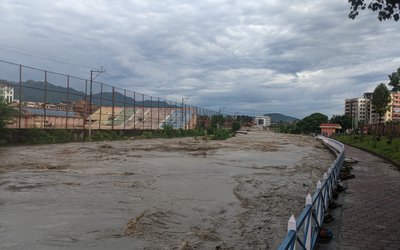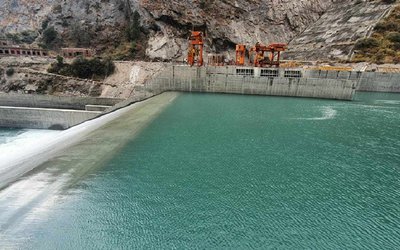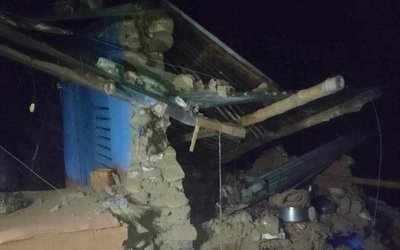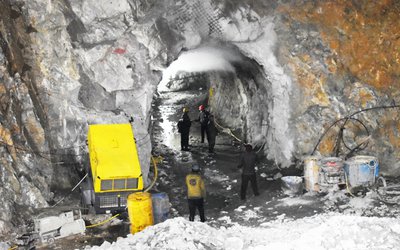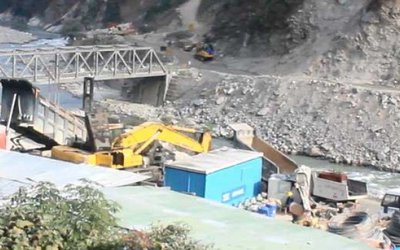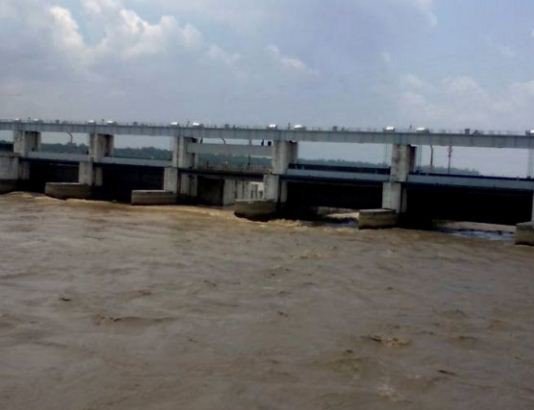
As far as inland navigation is concerned, two rivers are considered. One is Koshi and the other is Gandaki. This also aligns with the fact that the Government of India had declared Ganga-Bhagirathi-Hooghly river system as National waterway (NW1) in 1986. However, currently Gandaki (or Gandak as it is known in India) is considered as the most feasible option. This mainly aligns with Governemnt of India’s plans to stretch 300 Km of Ganga river from Hajipur to Bhaisalotan Barrage which falls on the Gandaki region. Madhav Belbase, the Joint Secretary at the Water and Energy Commission and the Chief of Nepal-India joint dialogue committee on river connectivity says, “In Narayani River (the tributary of Gandak River), the water discharge is maximum in terms of volume, which is more than Koshi. Secondly, it has less catchment and sedimentation is obviously lower than Koshi. Therefore, Indian officials feel that with very low dredging cost (the cost related to removing sands and other deposits on the shallow area of the river), and by maintaining water depth (2m), at least 100 metric ton (that is 5 containers) can be brought to Dasdhunga, which is 100 Km away from Gandak Barrage, even at the dry season. Additionally, Narayani river falls at the centre of Nepal, where freight cost will be equal either from eastern or western region of Nepal.”
Legal Provisions:
The constitution of Nepal promulgated in Nepal in 2015, has granted the federal government the rights related to developing treaties, legislation and regulations for governing national and international waterways. The water resource strategy 2002, the National Transport Policy 2002 and the National Water Plan 2005 have mentioned developing navigational waterways. The ship registration Act 1971, provides legal basis for owning ships and boats for commercial or non commercial purpose.
The Challenges:
One of the biggest challenges regarding inland navigation is maintaining the river ecosystem and not harming it. In the Indian territories, two sanctuaries fall under the ganga region, which is the Kashi Turtle Sanctuary at Varanasi and Vikramshila Dolphin Sanctuary at Bhagalpur. Even on the Nepalese side, there is Chitwan National Wildlife Reserve which falls on the bank of river Narayani (and Rapti). On the river, two endangered species, which is ghariyal crocodile and river water dolphins reside. Therefore proper care should be taken in protecting the aquatic as well as wildlife ecosystem residing in the river. On the Indian side, through the help of World Bank, large structures made out of bamboo or “bandals” as they are known, will be erected to protect the wildlife and aquatic ecosystem in the Ganga river. Similarly large number of people will be displaced by the construction of water storage projects on the upper riparian region. These displaced people should be given proper resettlement option and at the same time, employment opportunity in the newly developed inland navigation port, or maybe a share of the portion of the multi modal water storage projects which will be built on the upstream region.
Therefore inland navigation can be a golden opportunity for Nepal to get a sea access through its own navigable rivers. Besides, Nepal has signed for Belt and Road Initiative (BRI) project which basically is about connectivity. Switzerland, like Nepal is a landlocked country. However, because of navigable rivers, it is no more considered as landlocked. Having navigable rivers have boosted the country’s economy as well. Therefore, Nepal should use this tremendous opportunity to be linked to the sea and boost its economy.
Sources:
- India and Nepal: A missed opportunity- Asit K. Biswas (2004)
- Developing Inland Waterways in Nepal: Prospects and Challenges Galore, SAWTEE, October 2007
- The Himalayan Times: Waterways can shape future of Trade- October 02, 2018
- Cross border Inland Waterways: New avenues of Connectivity. Downloaded from www.aidiasia.org
- Connectivity gains for India’s Northeast via waterways: thethirdpole.net
- Kantipur daily (Dated Chaitra 6, 2075)
- Inland Waterways: Are Nepali water navigable? southasiacheck.org
- Developing India’s First Modern Inland Waterway. World Bank Report dated April12, 2017
- AP Centre- AP1 HD (कार्यालय खोल्दैमा पानीजहाज आउछ?)- Tikaram Yatri- Feb. 27, 2019
- Hindustan Times dated Februrary 11, 2019

Pratik Poudel
Poudel is a Research Associate, Nepal Water Conservation Foundation for Academic Research, Chundevi, Kathmandu
- Bridging Risk-Sensitive Land Use Planning and Farmland Abandonment: Policy Pathways for Disaster Risk Reduction and Resilience
- May 23, 2025
- Why More And More Youths Are Leaving Agriculture? Rational Economic Sense Or Something Else?
- Jul 01, 2024
- Why Upstream And Downstream Linkage In The River System Can’t Be Ignored?
- Feb 19, 2021
- Is The Lingering Of the Budhigandaki Hydropower Project The Sign Of Indo -Chinese Confrontation?
- Dec 18, 2020
- How Can The Problems Of Koshi Region Be Addressed Through A Nexus Perspective?
- Nov 21, 2020
